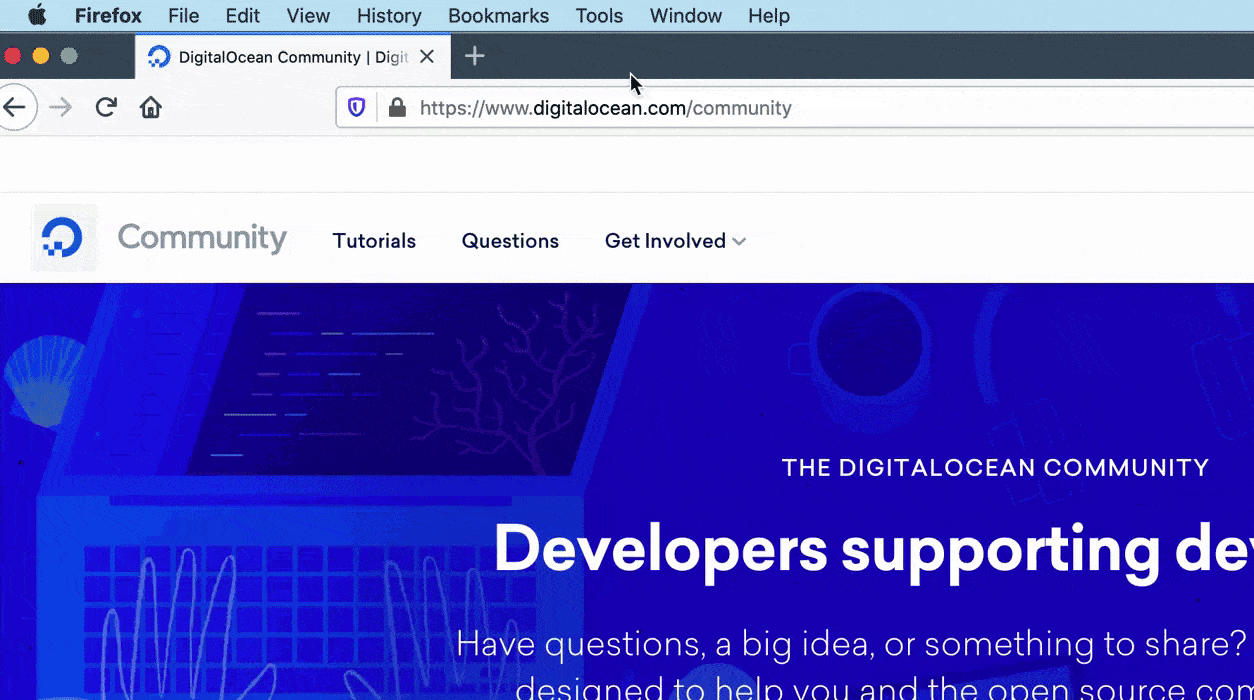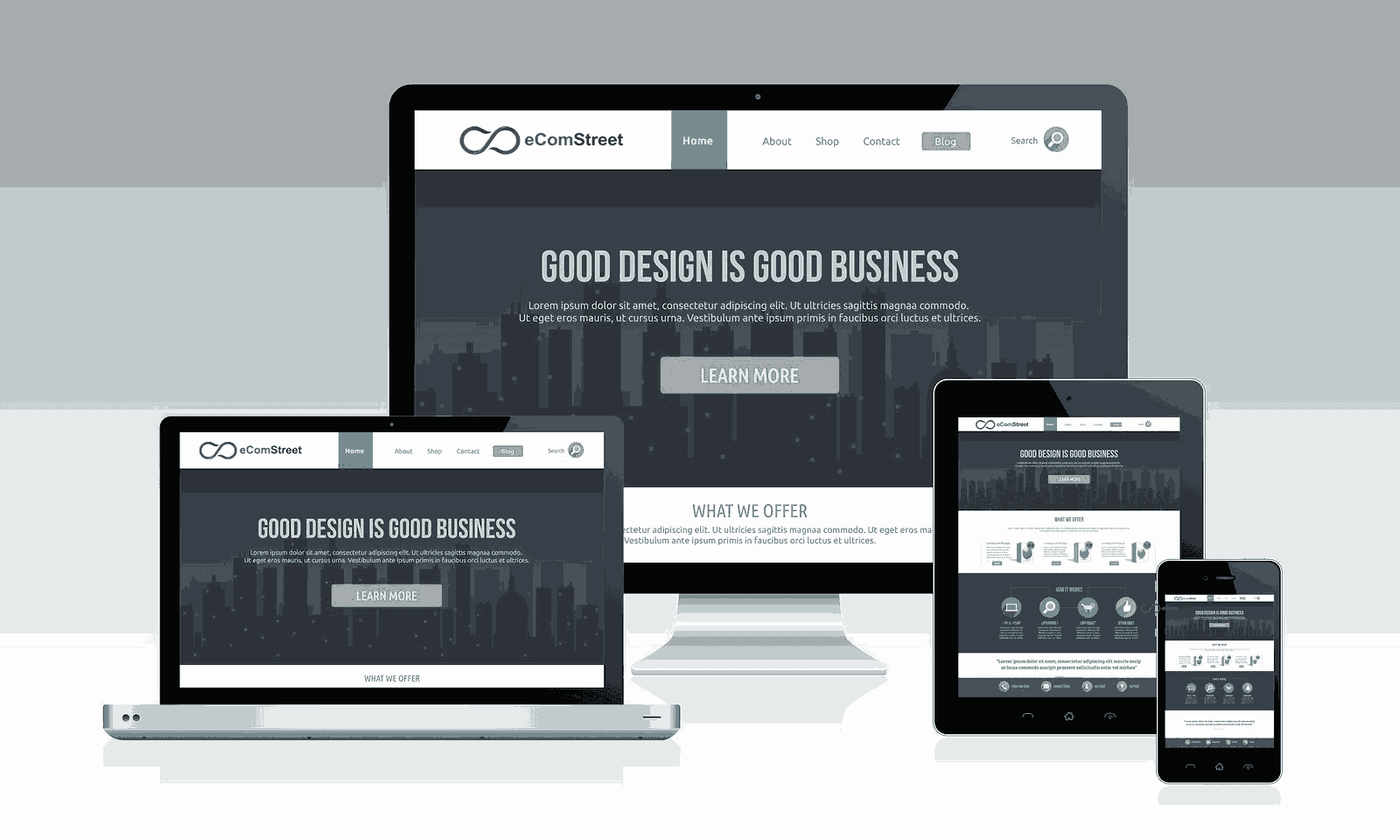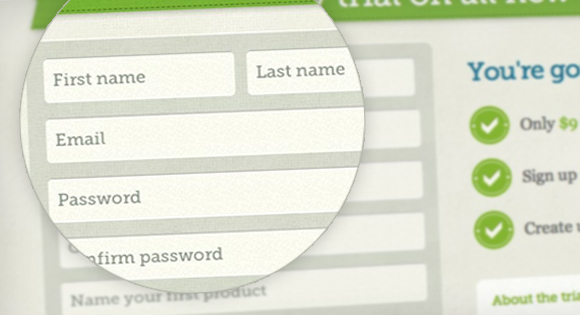
This article will discuss the average salary for front-end designers and the skills required to get this job. This article will also cover the skills you'll need to be successful in this position, such as experience and training. The average salary for front end designers is $60,000/year. That's about the average salary for full-stack developers. Take a look at the skills required to be a front-end designer.
Average pay for a front end designer
The average salary for a Front End designer in the United States is $73,487 per year. However, the national average for Front End Designers is $73,487 per year. This is more than the average salary. It stands at $87,502 San Jose, CA, Oakland CA, Hayward CA are the most highly paid cities. In San Jose, the average salary for Front End Designers is $22,511 above the national average.

On average, entry-level front end developers make $65,407 annually. Experienced developers can earn $77,000 to $83,000 per year. Senior-level programmers earn an average of $103,000 annually. The location and experience of the developers will determine their compensation. They are typically the highest-paid designers. Experience is required for a high-level job. Be prepared to work with many clients. If you have the right skills, experience and qualifications, you can make as high as $103,000 per annum.
Average pay for full-stack developers
The average salary of a full stack software developer will depend on many factors, including the location and the skills. Full-stack software developers have the skills and knowledge to create both the front-end as well as the back-end of an app. Cloud platforms have made it easier for software developers to design and optimize their applications. However, salaries for full-stack developers vary by company and location.
Full-stack development requires strong skills in both the front and back-end languages. They should have a good understanding of HTML, CSS HTMLScript, JavaScript PHP, Ruby on Rails and Nodejs. A full-stack developer must also be able to put their theoretical knowledge into practice. They can also take online courses or enroll in coding bootcamps to learn the necessary skills.
The skills required to work as a front-end design professional
To become a front end designer, you will need to have knowledge in HTML, CSS3, JavaScript, and CSS3. HTML is the fundamental building block of any website, and CSS is the styling part. Basic websites and apps can be built by learning HTML and CSS. JavaScript is required for styling but is not a requirement. Employers may prefer to hire people with these skills.

The job description for a front-end designer stated that the applicant must have knowledge of programming languages, and possess a BA/BS Degree in Computer Science. Additional requirements include knowledge of SASS, MVC frameworks, Git version control, Git branches and front-end building tools. Finally, good communication skills are essential for this role. These skills can also be learned in spare time, if you are willing work hard.
FAQ
Can I build my website using HTML & CSS?
Yes! Yes!
After you have learned how to structure a website, you will need to know HTML and CSS.
HTML stands for HyperText Markup Language. Think of it like writing a recipe for a dish. It would list the ingredients, directions, and how to do it. HTML allows you to indicate to a computer which portions of text are bold, italicized and underlined. It also lets you know which part of the document is linked. It is the language of documents.
CSS stands as Cascading Stylesheets. It is like a stylesheet that you use to create recipes. Instead of listing all ingredients and instructions, you simply write down the basic rules for things such as font sizes, colors or spacing.
HTML tells a browser how to format a webpage; CSS tells a browser how to do it.
Don't be afraid to ask questions if you don’t understand any of these terms. Follow these tutorials to create beautiful websites.
WordPress is a CMS?
Yes. It is a Content Management System (CMS). CMS is a way to manage your website content without having to use an application such Dreamweaver/Frontpage.
WordPress is free! Hosting is all you need, and it's usually free.
WordPress was originally created to be a blogging platform. But WordPress now offers many more options, such as eCommerce sites or forums, membership websites and portfolios.
WordPress is simple and easy to install. It is necessary to download the installation file from their site and upload it on your server. You can then visit your domain name using your web browser to log in to your new website.
After installing WordPress, register for a username/password. Once you log in you'll be able access all your settings via a dashboard.
This is where you can add pages or posts, images and links to them. If you are comfortable creating and editing content, you can skip this step.
However, if you prefer to work with someone else, you can hire a professional web designer to handle the whole process.
What is a website static?
A static website contains all content stored on a server that visitors can access via web browsers.
The term "static" is used to refer to the absence of dynamic features like changing images, video, animations, etc.
This type of website was originally created for use in corporate intranets. It has since been adopted both by individuals and small companies who are looking for simple websites that do not require any programming.
Static sites have become increasingly popular because they require less maintenance. It's easier to update and maintain static sites than a website that has many components (such blogs).
They also load more quickly than dynamic counterparts. They are great for people who use mobile devices and have slow Internet connections.
A static website is more secure than its dynamic counterparts. There's nothing to hack into a static website. Hackers have limited access to data within a database.
There are two main methods to create static websites:
-
Use a Content Management System (CMS).
-
Creating a Static HTML Website
It all depends on what you need. If you're new to creating websites, I recommend using a CMS.
Why? Because it gives you complete control of your website. You don't need to hire someone else to help you set it up. Upload files directly to the CMS.
Still, you can learn to code and create static websites. You will need to spend some time learning to program.
Is it more likely to be hired as a web developer if I have a good portfolio?
Yes. A portfolio is essential when landing a web designer or developer job. Your portfolio should show examples of your skills, experience, and knowledge.
A portfolio usually consists of samples of your past projects. These could be any project that showcases your talents. Your portfolio should include everything from mockups, wireframes, logos, brochures, websites, and even apps.
How To Make A Static Web Site
You have two options when creating your first static site:
-
Content Management System (a.k.a. WordPress: This software can be downloaded and installed on your computer. This software can then be used to create an indispensable website.
-
Create a static HTML website: You'll need to code your HTML/CSS code. If you already know HTML, it is simple to do.
If you plan to build a large website, you may want to consider hiring an expert to create your static website.
You should start with option 2.
What should I include?
These should all be included in your portfolio.
-
Example of your work.
-
If possible, links to your site
-
Your blog may have links
-
These are links to social media sites.
-
Other designers' online portfolios can be found here.
-
Any awards you received.
-
References.
-
You can also send us samples of your work.
-
These links will help you communicate with clients.
-
These links show that you are open to learning new technologies.
-
These are links that show your flexibility
-
These links show your personality.
-
Videos showing your skills.
Statistics
- The average website user will read about 20% of the text on any given page, so it's crucial to entice them with an appropriate vibe. (websitebuilderexpert.com)
- It's estimated that chatbots could reduce this by 30%. Gone are the days when chatbots were mere gimmicks – now, they're becoming ever more essential to customer-facing services. (websitebuilderexpert.com)
- Did you know videos can boost organic search traffic to your website by 157%? (wix.com)
- In fact, according to Color Matters, a signature color can boost brand recognition by 80%. There's a lot of psychology behind people's perception of color, so it's important to understand how it's used with your industry. (websitebuilderexpert.com)
- Is your web design optimized for mobile? Over 50% of internet users browse websites using a mobile device. (wix.com)
External Links
How To
What is website Hosting?
Website hosting refers simply to the place that people visit when they visit a website. There are 2 types.
-
Shared hosting – This is the most affordable option. Your website files are stored on a server that is owned by another person. Your customers' requests travel via the Internet to your server when they visit your site. The server owner then forwards the request to you.
-
Dedicated hosting - This is the most expensive option. Your website is hosted entirely on one server. Your traffic stays private as no other websites can share the same server.
Shared hosting is preferred by most businesses because it's cheaper than dedicated hosting. You can use shared hosting if the company owns the server to provide the resources required for your website.
However, both have their advantages and disadvantages. These are the key differences between them.
Shared Hosting Pros:
-
Lower Cost
-
Easy To Set Up
-
Frequent Updates
-
It can be found on many web hosting companies
Hosting shared with others can cost as low as $10/month. However, this price typically includes bandwidth. Bandwidth refers to the amount of data you can transfer across the Internet. Even if only you upload photos to your blog or website, high-volume data transfers may incur additional charges.
You'll soon discover why you paid so much more for your previous host when you get started. Most shared hosts don't offer any customer support. Although they will help you set up your site occasionally, you are on your own once you have done that.
Look for a provider who offers 24/7 phone support. They will take care of any issues while you sleep.
Hosting dedicated:
-
More Expensive
-
Less is More
-
Specific Skills Required
With dedicated hosting, everything you need for your website is at your fingertips. You won't worry about how much bandwidth you are using or how much RAM (random Access Memory) you have.
This means you'll have to spend more upfront. But once your online business starts, you'll realize you don't need any technical assistance. You'll become an expert at managing your servers.
Which Is Better For My Business:
The answer to this question depends on which type of website you wish to create. Shared hosting might be best if you just want to sell products. It is easy to set-up and manage. It's easy to set up and maintain, as you share a server with other sites. You will likely be updated frequently.
If you want to create a community around a brand, dedicated hosting may be the best choice. It allows you to focus on building your brand and not worrying about managing your traffic.
If you're looking for a web host that offers both options, we recommend Bluehost.com. They offer unlimited data transfers per month, 24/7 support and free domain registration.